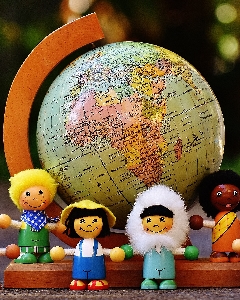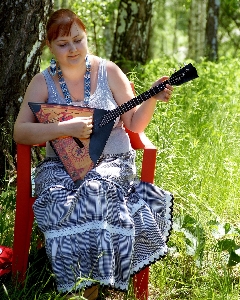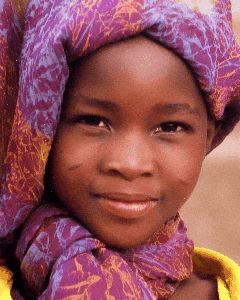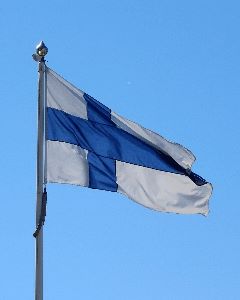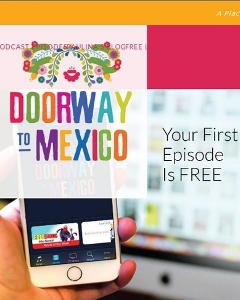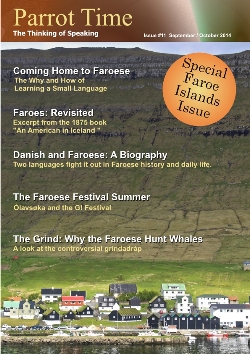Language Learning in Resource Poor Languages

|
With an estimated 7,000 languages in the world1, many are classified as "resource poor" in terms of available materials for learning. In fact, once you move past the "top 100" or so which have translation tools on Google and Bing, it becomes increasingly difficult to find resources. 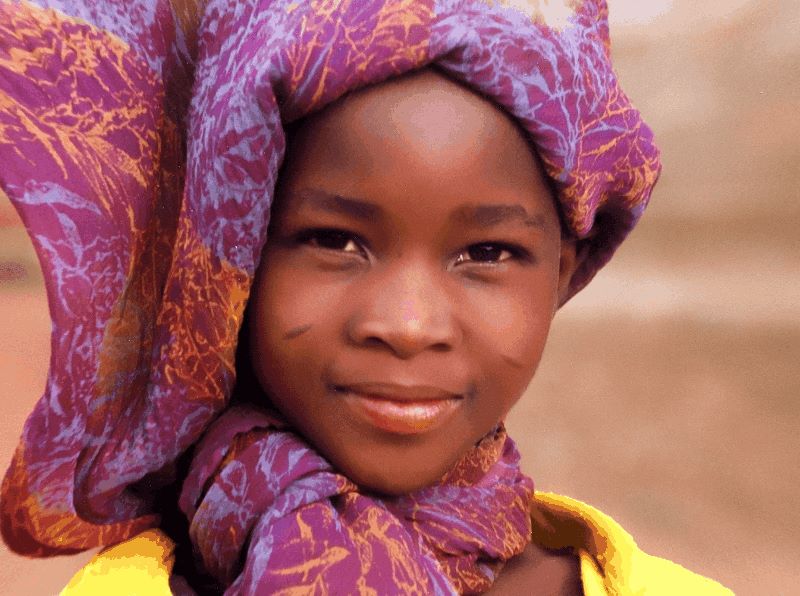 As of 2016, the Bible has been translated into 636 languages and the New Testament into 1442 others. An additional 1145 have some portions available. This is not a discussion on the progress of Bible translation, but a basis for discussion of the process of documenting, and thus learning these languages beyond the "top 100." Recently on a trip to Burkina Faso in western Africa I was introduced to the Fulfulde (ful) language. This is a widely used language, spoken all across north central Africa and an official language in several countries, but is one of the "resource poor" languages in spite of the fact that as many as 30 million people speak it. This article describes the journey I have had in discovering the language and documenting the available resources. First a bit of explanation on why Bible translation into a language is important in developing literacy in the language. Based on the numbers cited above, fully one half of the living languages in the world have virtually no written materials at present. For those languages you will need to look for basic "egg head professor studies" on the language and probably have to acquire recordings of the language or dialogue with a speaker of the language. Traditionally Wycliffe Bible Translators have led the way for over 100 years in developing a written form of languages which were previously verbal only. Once the Bible translation is complete, Wycliffe turns over the literacy process to others – typically under the oversight of SIL, International. SIL develops literacy materials, conducts local classes, and encourages people and governments to use the language. It is at this point that people like myself begin to develop dictionaries for the language. Generally within a generation you will see first poems and short stories, then newspapers and longer literary works in the language. From publication of the Gutenberg Bible in English in 1455, to the development of Webster’s Dictionary in 1828, 373 years transpired. Until recently with the application of computer tools and collaboration, the translation of the Bible still took 40 to 50 years of dedicated work. That process is now condensed to 12 to 15 years, but still very labor and time intensive. A recent "linguist joke" states that a manager for such a project firmly believes and plans thusly, that "nine women can produce a baby in one month." It just doesn’t work that way, and can’t be rushed. Once you have the Bible in the language, teaching people to read the language is the next step which is also very time and resource intensive. This generally takes a generation to accomplish. That is the process I witnessed in Haiti starting about 2000, and the situation we now face in central Africa. The Bible was translated into Haitian Creole in 1945, but when I became aware of the language in 2,000 there was virtually nothing in the language. The schools were (and still are) taught in French, although the people learn Creole at home and still speak the language primarily as adults. We were just beginning to see schools using Creole for elementary education when the earthquake struck in 2010. Now, 7 years later, the Creole education is beginning to emerge once more. The Creole language in written form is also beginning to flourish. 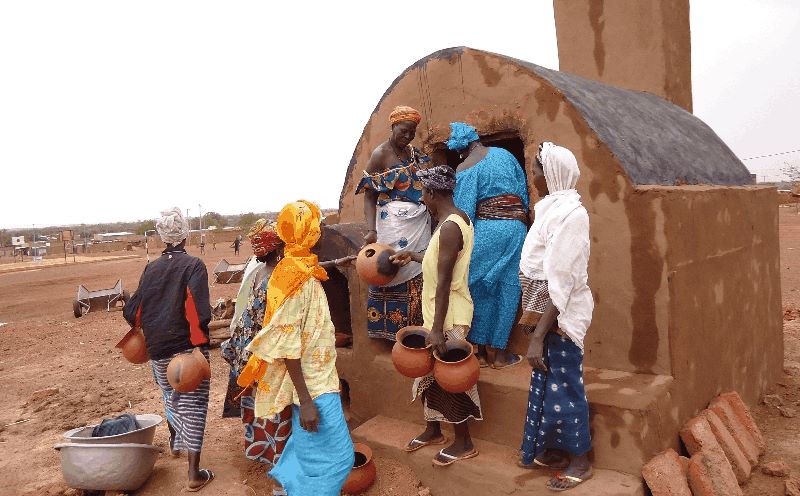 In Burkina Faso, a country the size of Colorado with four times as many people (19 million) we have 77 recognized languages. Four are designated as official, French (fra), Móorè (mos), Dioula (dyu), and Fulfulde (ful). All education and all government business must be conducted in French which imposes a severe burden for people who have never learned the language. All three of the "other" languages are considered resource poor languages. The Bible was only recently completed in Móorè and Dioula, and Fulfulde presents its own interesting story which is the basis of this article. For several years my church has been sending teams to dig wells in Burkina Faso. Work has centered in the areas where Móorè, and Dioula are spoken and only recently has focus moved to the south east of the country were Fulfulde is used. My recent trip to Burkina was for the purpose of teaching English to the airport personnel. Our translator was a member of the Tuareg, the people known for their beautiful blue robes and exotic colorful turbans who lead the camels through the Sahara desert. "Tall" speaks 5 languages, Fulfulde, his first language, Móorè, French, Dioula (dyu), and English with his degree in English from the University. When I first chatted with him he said he spoke Fulfulde, but did not read it. I discovered that it was in fact because he had never seen anything written in the language. When I was able to locate a copy of the Bible in Fulfulde and a couple of dictionaries he was delighted, and he could, in fact, read it because of his background in other languages and the fact that Fulfulde is written phonetically. Now for the story. When work began on the Fulfulde language, at least 8 teams from Wycliffe began studying the language in countries as far apart as Liberia on the west coast and Somalia on the east, a distance of 5,000 miles. Eight translations of the Bible emerged from the late 1950’s through the early 2,000’s, only to discover that these were essentially the same language with some minor dialectical differences from West to East, but most mutually intelligible with the language spoken in the central area of Burkina Faso and Cameroon. The language was and still is known by a dozen names. From Wikipedia: FIND THE RIGHT NAME! Fortunately Ethnologue has created a list of all languages and given them 3 digit codes known as ISO 639-3. Several earlier designations have been used including 2 digit codes, but these have been found to be inadequate. Wikipedia lists the language codes and the dialects when you search for information on a language. The Ethnologue codes are located here. Unfortunately many on-line resources do not rely on these codes, or do so very haphazardly so you are left to compare the names of the languages to sort them out and zero in on the one you want. 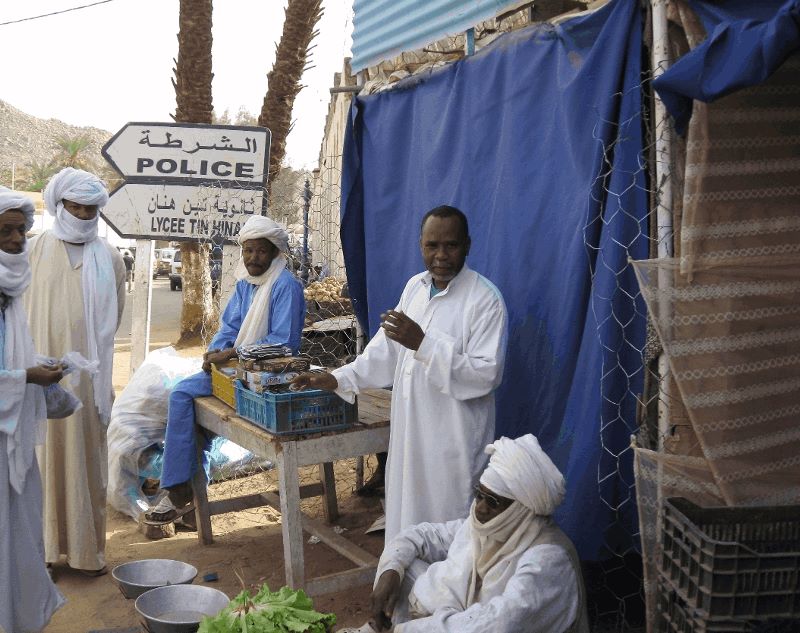 And just below that, Google gives us an amazing 128 page manual on learning Pulaar. Wait, isn’t this the same language by another name? It is, and here’s your lesson material. Back to OLAC for an essentially complete bibliography of available academic articles by language. You can take the title of these cited sources to Worldcat (www.worldcat.org) to find them in a library or on Amazon or Google for published works. Finally for resources cited as SIL, most of which have been developed by teams on the ground and are in unpublished format, you can contact them to get copies from their archives for resources which are not on line. SIL is also sponsoring dictionaries in various languages. These are generally well done by local teams who pick up after Wycliffe has finished their work. Here I found a dictionary in English and Fulfulde and another in French and Pulaar, each with about 9,000 words, sample sentences and other grammatical information. Faith Comes by Hearing and You Tube will give you samples of the language spoken by native speakers.
And finally, the federal government has produced a great set of lessons in many languages. 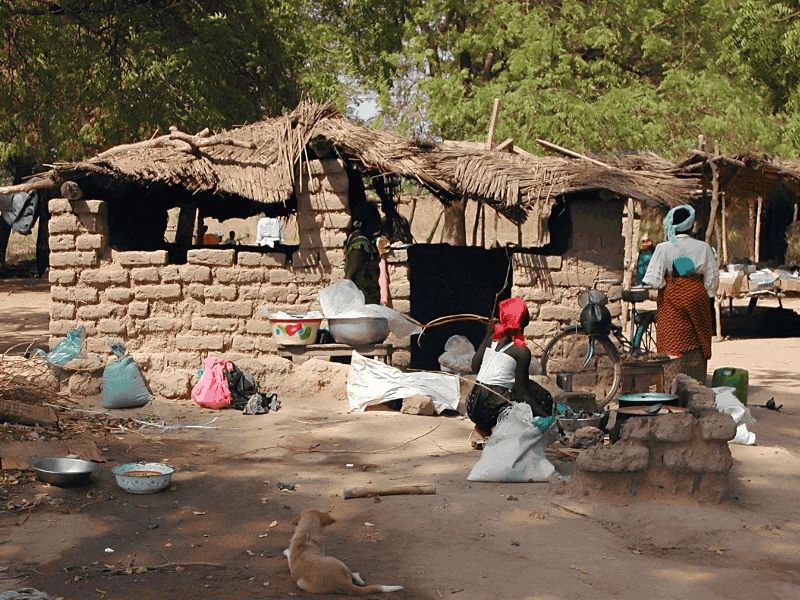 Here you can search by language or country to find an excellent introduction to the culture and language lessons with audio. Beyond these resources, you will find some websites developed by individuals which often have great depth. Unfortunately many of these do not last long, so you will find yourself often visiting www.archive.org to find an earlier copy of the website. Whenever you find a bad link, copy the URL and paste it into the search box at Archive.org to see historic copies of the site often going back several years. Good luck with your language quest. Your comments and questions are welcome. –jrigdon@researchonline.net or on my website at www.wordsrus.info.
1 http://www.education.rec.ri.cmu.edu/fire/naclo/pages/Ling/Fact/num-languages.html John C. Rigdon has authored a number of books on the American Civil War and is the manager of the web site, Research OnLine, (www.researchonline.net) the premier site for researching Civil War ancestors in the Civil War. His titles include the Historical Sketch and Roster Volumes (1100 plus titles) and a dozen volumes in the "We Fought" series focusing on particular battles and commanders. Additionally, John works in translation of materials in several languages and maintains the website, www.cognates.info. John resides in the foothills of the Appalachians outside Cartersville, GA. where he enjoys gardening and aquaponics. You may reach him at jrigdon@researchonline.net. |
| Language Learning in Resource Poor Languages | ||||||||
| Writer: | John C. Rigdon | |||||||
| Images: | ||||||||
| ||||||||
| Sources: | ||||||||
| ||||||||
All images are Copyright - CC BY-SA (Creative Commons Share Alike) by their respective owners, except for Petey, which is Public Domain (PD) or unless otherwise noted.
comments powered by Disqus

